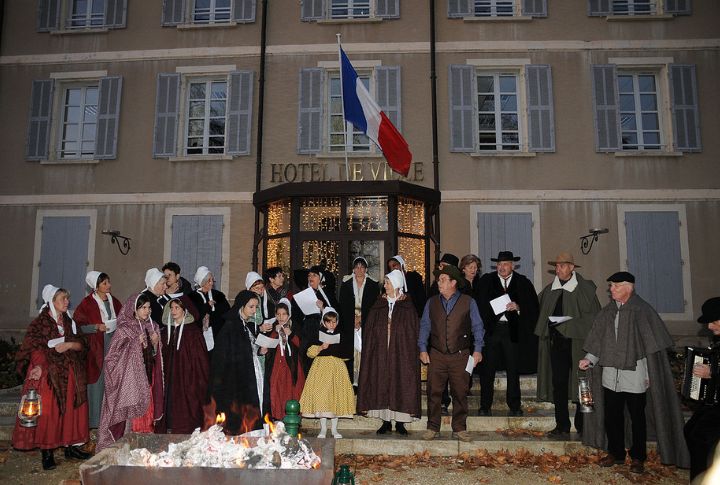
Yule is more than just twinkling lights and warm gatherings. This ancient festival, rooted in Norse and Germanic traditions, marks the winter solstice, the longest night of the year. Over centuries, customs evolved, blending with modern festivities. Let’s explore ten ancient and contemporary Yule traditions that continue to enchant people today.
The Yule Log
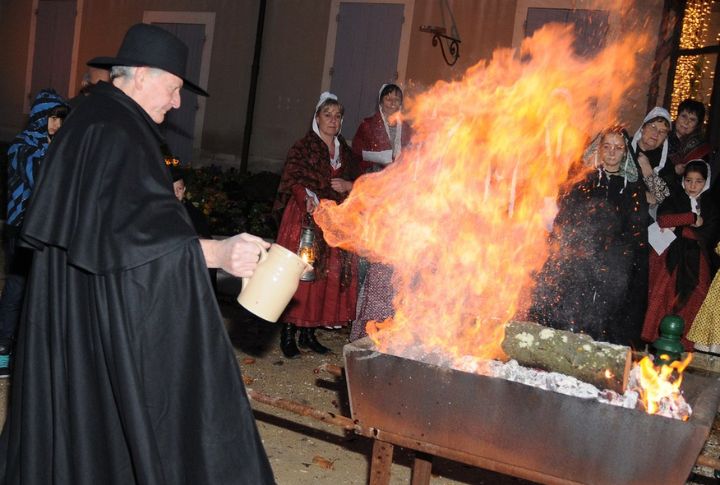
A massive log burned in the hearth, crackling as families gathered around. The Yule Log symbolized warmth and light during the darkest nights. Today, people light candles, bake Yule Log cakes, or even stream virtual fireplaces. The tradition lives on, whether in wood or digital flames.
Evergreen Decorations
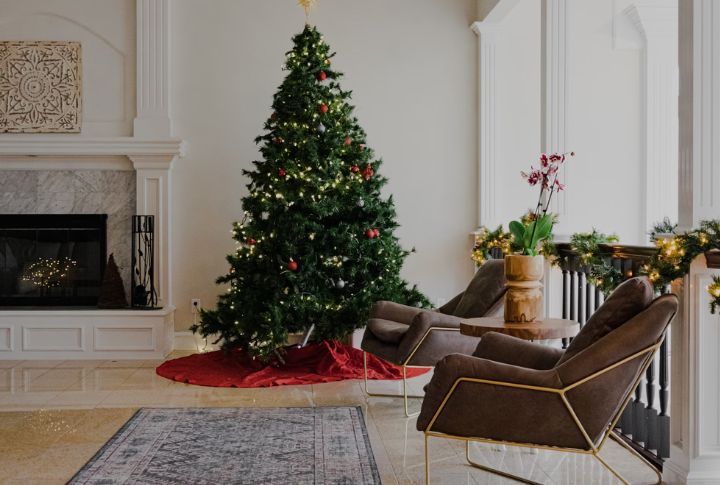
Why do we decorate our homes with greenery during the winter? Ancient pagans believed evergreens carried protective magic, shielding against misfortune and symbolizing renewal. Branches of holly and ivy framed doorways, and mistletoe hung overhead for blessings. The tradition continues with lush garlands and towering Christmas trees.
The Wild Hunt
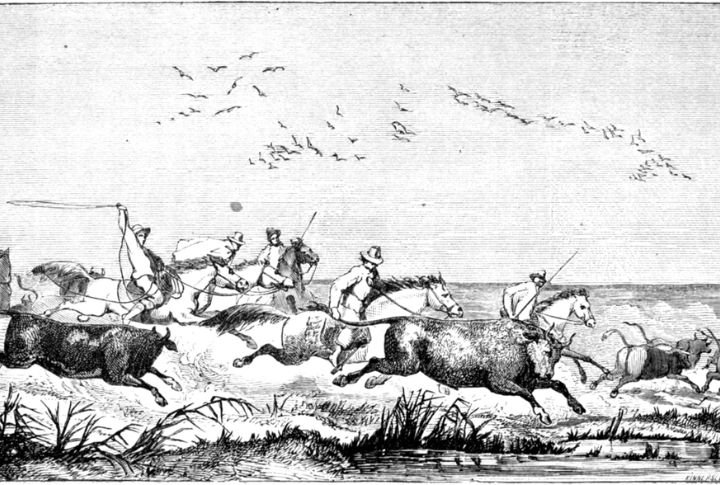
Imagine stormy skies and ghostly riders racing through the night. Norse mythology spoke of the Wild Hunt, a spectral procession led by Odin. It signified great change or foreboding omens. This legend influences winter folklore, ghost stories, and even Krampus parades in Europe.
Feasting And Merrymaking
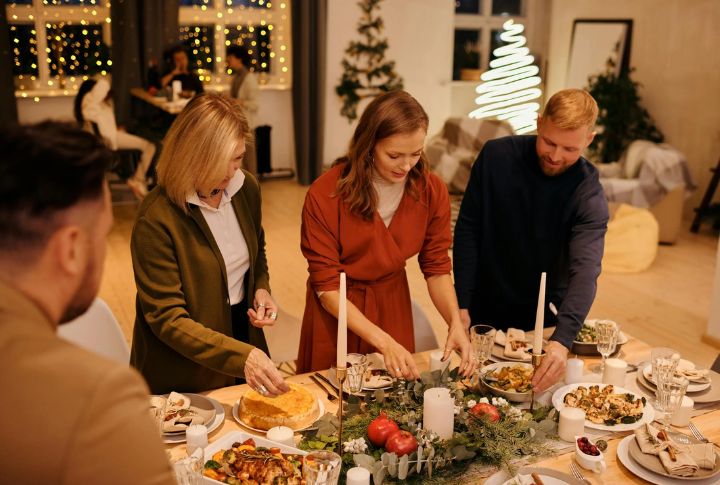
A Yule feast was not just a meal but a grand celebration. Ancient revelers dined on roasted meats, nuts, and spiced ale, honoring the returning sun. Today, holiday feasts bring loved ones together with hearty dishes and joyful laughter, keeping the spirit of communal gathering alive.
Candle Lighting
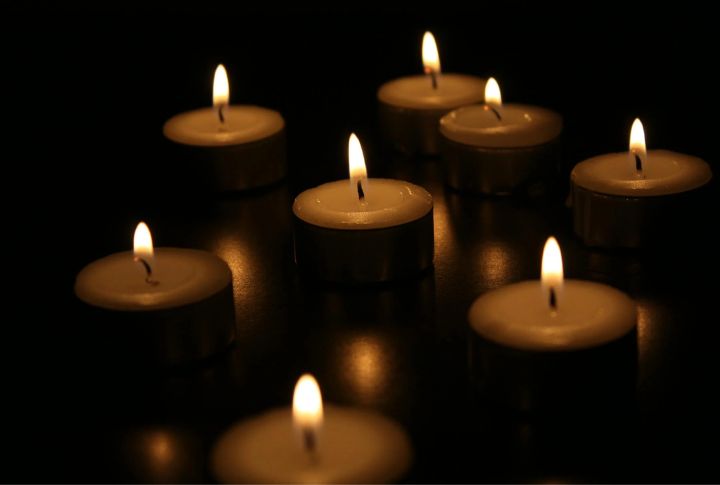
One flame in the darkness symbolizes hope. Yule celebrations featured candlelit ceremonies to guide spirits and welcome the sun’s return. Modern traditions, from Advent candles to Hanukkah menorahs and simple winter luminaries, continue the act of lighting the way during the year’s darkest time.
Wassailing
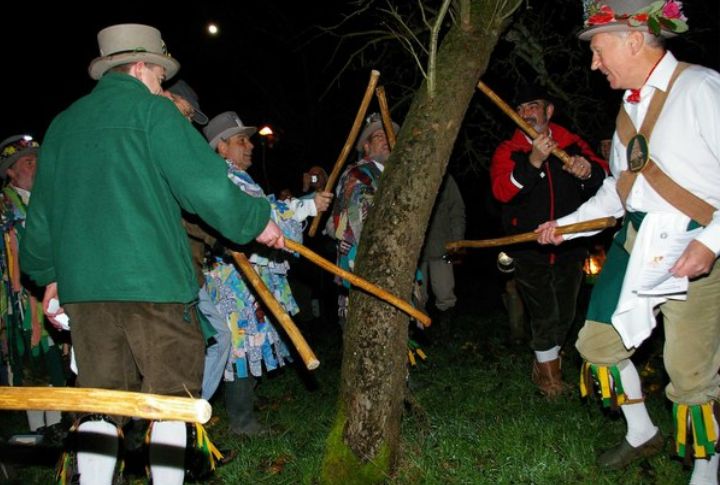
Raising a cup and singing for good fortune, wassailing was both a toast and a ritual. In orchards, people sang to trees, ensuring a fruitful harvest. In villages, carolers received spiced cider in return for songs. This custom still lives on in caroling and warm holiday toasts.
Gift Giving
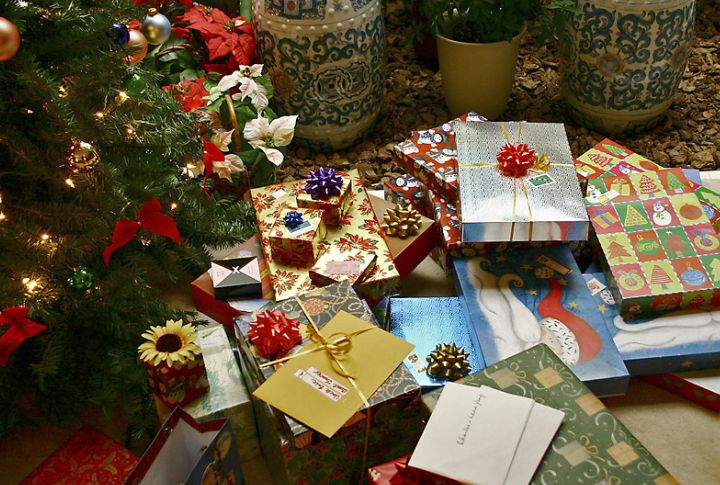
Yule gifts were simple handmade trinkets, food, or charms for protection. A token of goodwill and an offering of gratitude. Over time, this tradition expanded into the modern gift exchange we know today, from wrapped surprises under trees to heartfelt homemade presents shared with loved ones.
Krampus And Yuletide Spirits
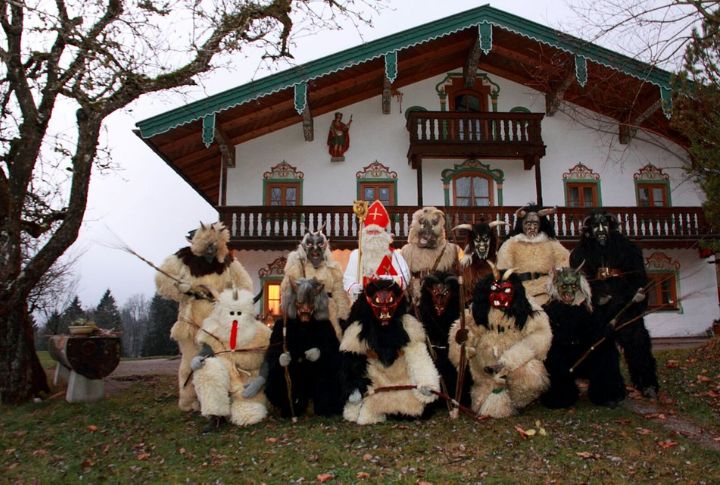
Not all Yule visitors bring joy. Krampus, the horned figure of Alpine folklore, punishes misbehaving children, while Saint Nicholas rewards the good. This eerie counterpart adds an edge to holiday legends, inspiring modern parades and darkly festive celebrations that balance cheer with a hint of the uncanny.
Solstice Celebrations
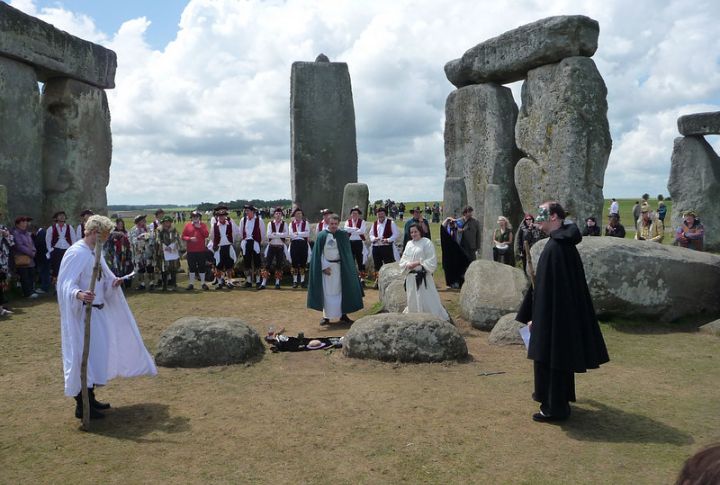
The turning of the wheel, the promise of light. Ancient pagans gathered at Stonehenge and other sacred sites to mark the solstice sunrise. Across the world, people honor the longest night with meditation, bonfires, and ceremonies that connect them to nature’s rhythms.
Yule Goat
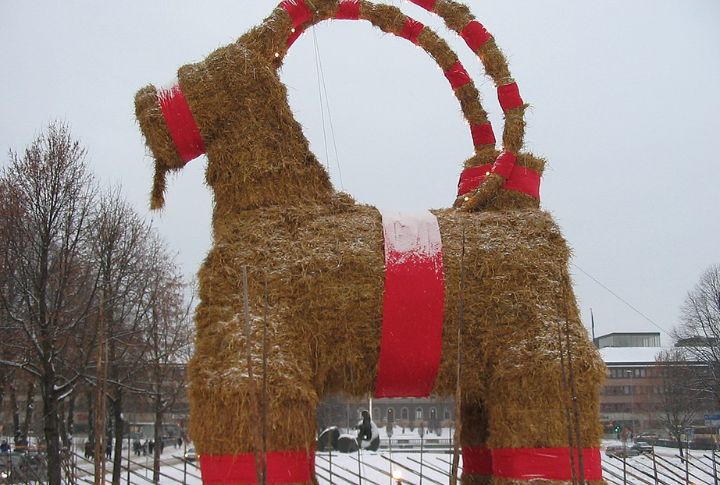
An unexpected symbol of Yule? A goat! In Scandinavian tradition, the Yule Goat played a role in festive mischief and gift-giving. Today, straw goat ornaments adorn trees, and Sweden’s giant Gavle Goat draws global attention—sometimes surviving the season, sometimes meeting a fiery fate.

